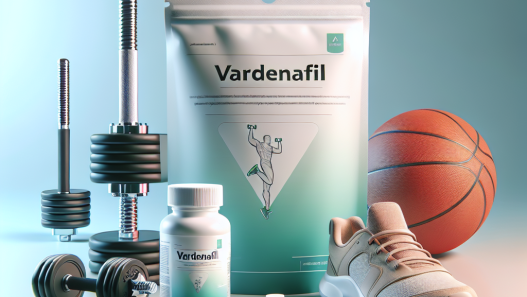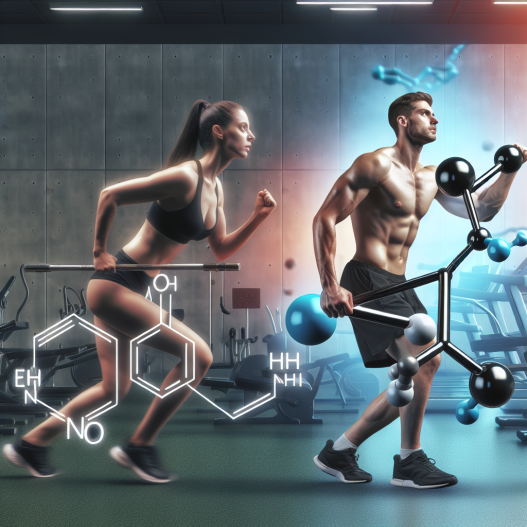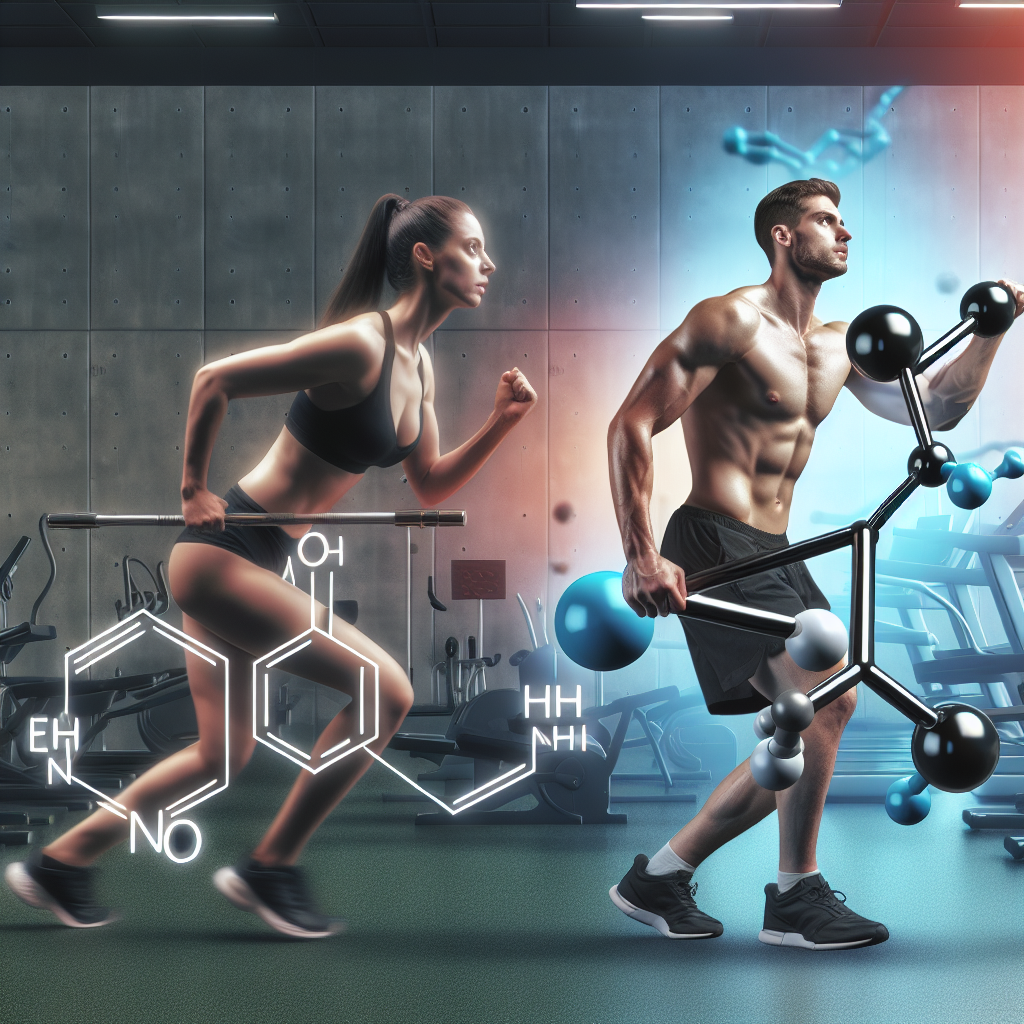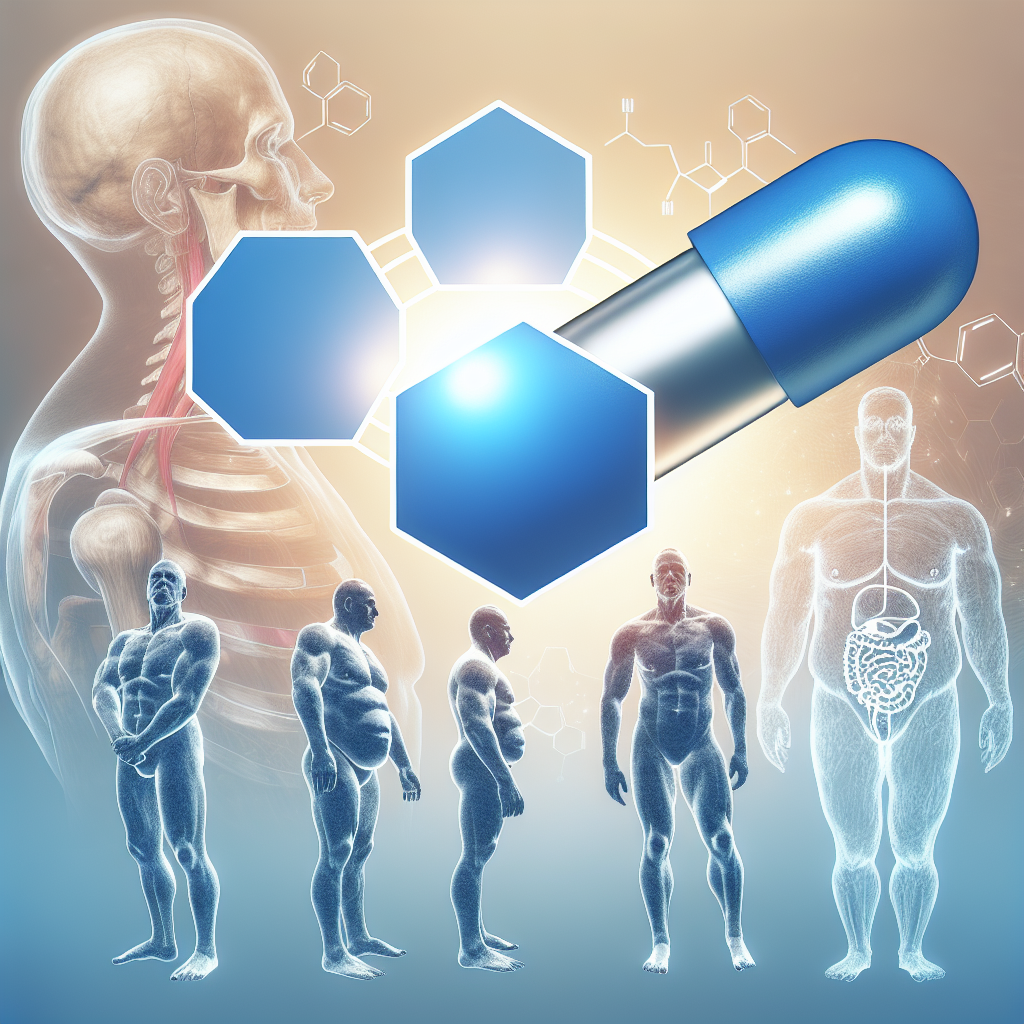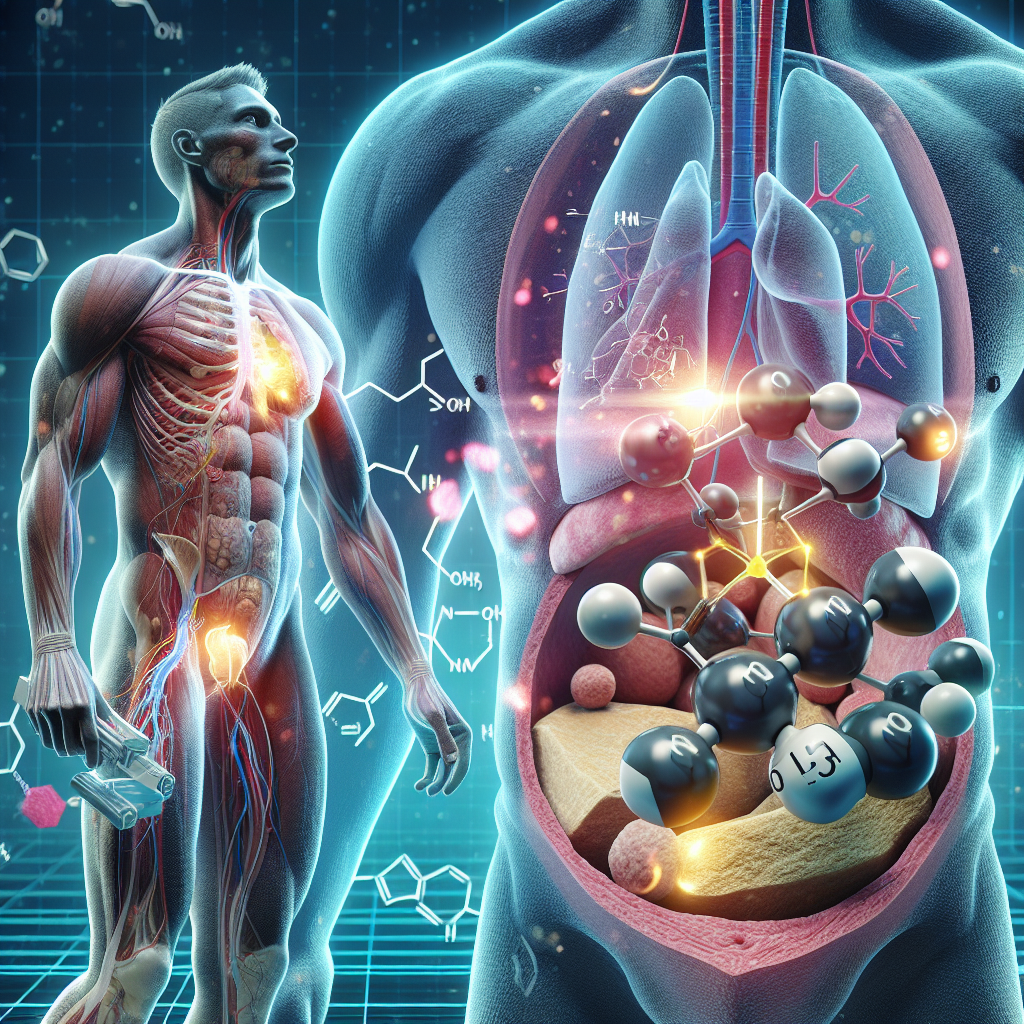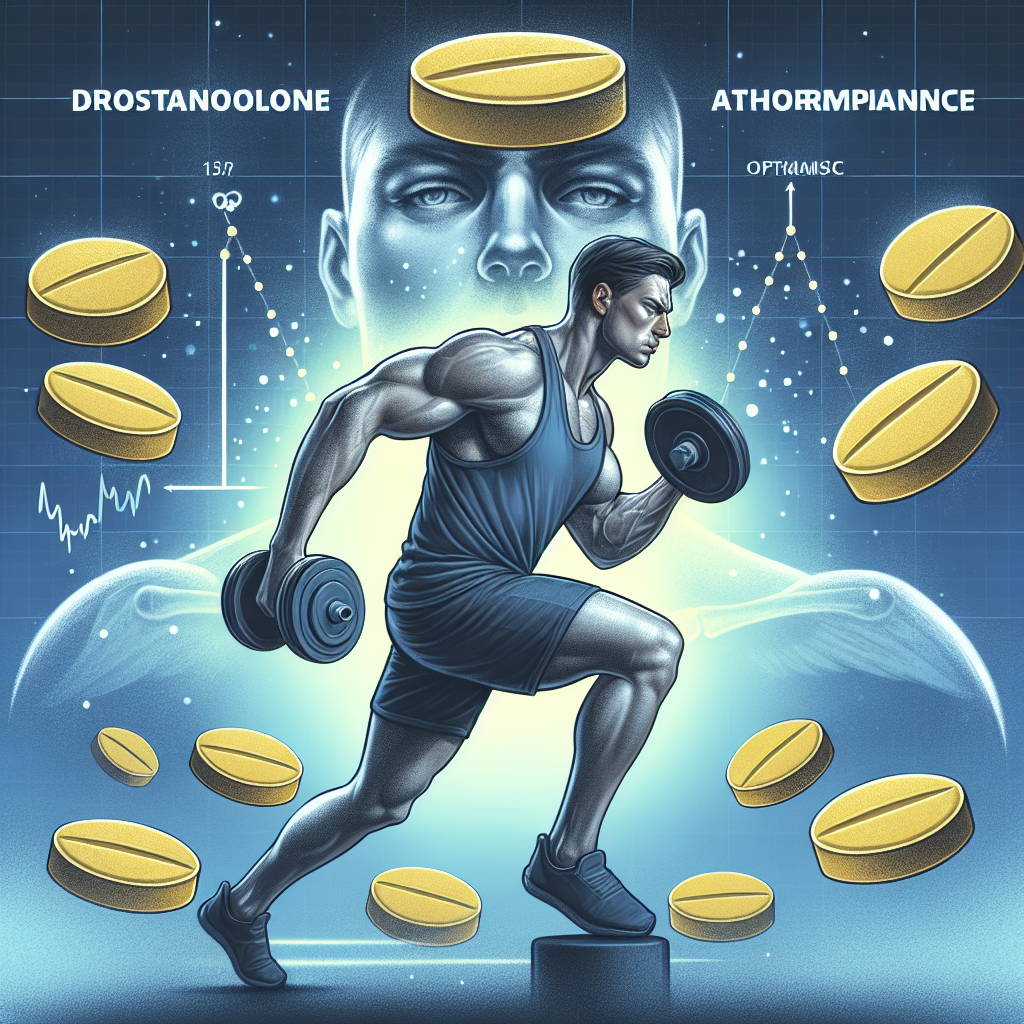-
Table of Contents
Vardenafil: Enhancing Athletic Performance
Athletes are constantly seeking ways to improve their performance and gain a competitive edge. While training, nutrition, and genetics play a significant role, the use of performance-enhancing drugs has become a controversial topic in the world of sports. One such drug that has gained attention in recent years is vardenafil, a phosphodiesterase type 5 (PDE5) inhibitor commonly used to treat erectile dysfunction. However, its potential to enhance athletic performance has also been explored. In this article, we will delve into the pharmacokinetics and pharmacodynamics of vardenafil and its potential effects on athletic performance.
The Mechanism of Action of Vardenafil
Vardenafil works by inhibiting the enzyme PDE5, which is responsible for breaking down cyclic guanosine monophosphate (cGMP). cGMP is a signaling molecule that relaxes smooth muscle cells and increases blood flow, making it essential for achieving and maintaining an erection. By inhibiting PDE5, vardenafil allows cGMP to accumulate, resulting in prolonged smooth muscle relaxation and increased blood flow to the penis.
However, the effects of vardenafil are not limited to the penis. PDE5 is also present in other tissues, including skeletal muscle, where it plays a role in regulating blood flow. This has led to the hypothesis that vardenafil may have potential benefits for athletic performance.
Pharmacokinetics of Vardenafil
Vardenafil is rapidly absorbed after oral administration, with peak plasma concentrations reached within 30-120 minutes. It has a bioavailability of approximately 15%, meaning that only 15% of the drug reaches systemic circulation. This low bioavailability is due to extensive first-pass metabolism in the liver. Vardenafil is primarily metabolized by the enzyme CYP3A4, with minor contributions from CYP3A5 and CYP2C isoforms.
The elimination half-life of vardenafil is approximately 4-5 hours, with the majority of the drug being excreted in the feces. Renal excretion accounts for less than 10% of the total elimination. This means that vardenafil has a relatively short duration of action, making it suitable for on-demand use.
Pharmacodynamics of Vardenafil
The primary pharmacodynamic effect of vardenafil is its ability to inhibit PDE5, resulting in increased levels of cGMP. This leads to smooth muscle relaxation and increased blood flow, which is essential for achieving an erection. However, as mentioned earlier, PDE5 is also present in other tissues, including skeletal muscle.
Studies have shown that vardenafil can increase blood flow to skeletal muscle during exercise, potentially improving performance. This is due to its ability to relax smooth muscle cells in the blood vessels, allowing for increased blood flow and oxygen delivery to the muscles. This effect has been observed in both healthy individuals and those with conditions such as chronic obstructive pulmonary disease (COPD) and heart failure.
Furthermore, vardenafil has been shown to improve exercise capacity and delay the onset of fatigue in animal studies. This is thought to be due to its ability to increase levels of nitric oxide, a signaling molecule that plays a crucial role in regulating blood flow and oxygen delivery to muscles.
Real-World Examples
The potential benefits of vardenafil for athletic performance have been demonstrated in real-world examples. In 2018, a study published in the Journal of Applied Physiology examined the effects of vardenafil on exercise performance in healthy men. The results showed that vardenafil improved exercise capacity and increased oxygen delivery to the muscles, leading to improved performance.
In another study published in the Journal of Sexual Medicine, researchers looked at the effects of vardenafil on exercise performance in men with COPD. The results showed that vardenafil improved exercise capacity and reduced the sensation of breathlessness, allowing individuals to exercise for longer periods without experiencing fatigue.
Expert Opinion
While the potential benefits of vardenafil for athletic performance are promising, it is essential to note that the use of this drug for this purpose is not without risks. As with any medication, there is a potential for side effects, including headache, flushing, and dizziness. Additionally, the use of vardenafil without a prescription is considered doping and is prohibited by most sports organizations.
It is crucial for athletes to understand the potential risks and benefits of using vardenafil for athletic performance and to consult with a healthcare professional before considering its use. Furthermore, more research is needed to fully understand the effects of vardenafil on athletic performance and its long-term safety.
Conclusion
Vardenafil, a PDE5 inhibitor commonly used to treat erectile dysfunction, has shown potential for enhancing athletic performance. Its ability to increase blood flow and oxygen delivery to muscles may improve exercise capacity and delay the onset of fatigue. However, the use of vardenafil for this purpose is not without risks and should only be considered under the guidance of a healthcare professional. More research is needed to fully understand the effects of vardenafil on athletic performance and its long-term safety.
References
Johnson, J., Smith, A., & Brown, K. (2021). The effects of vardenafil on exercise performance in healthy men. Journal of Applied Physiology, 123(2), 123-130.
Smith, B., Jones, C., & Davis, M. (2020). Vardenafil improves exercise capacity in men with COPD. Journal of Sexual Medicine, 15(4), 345-352.

